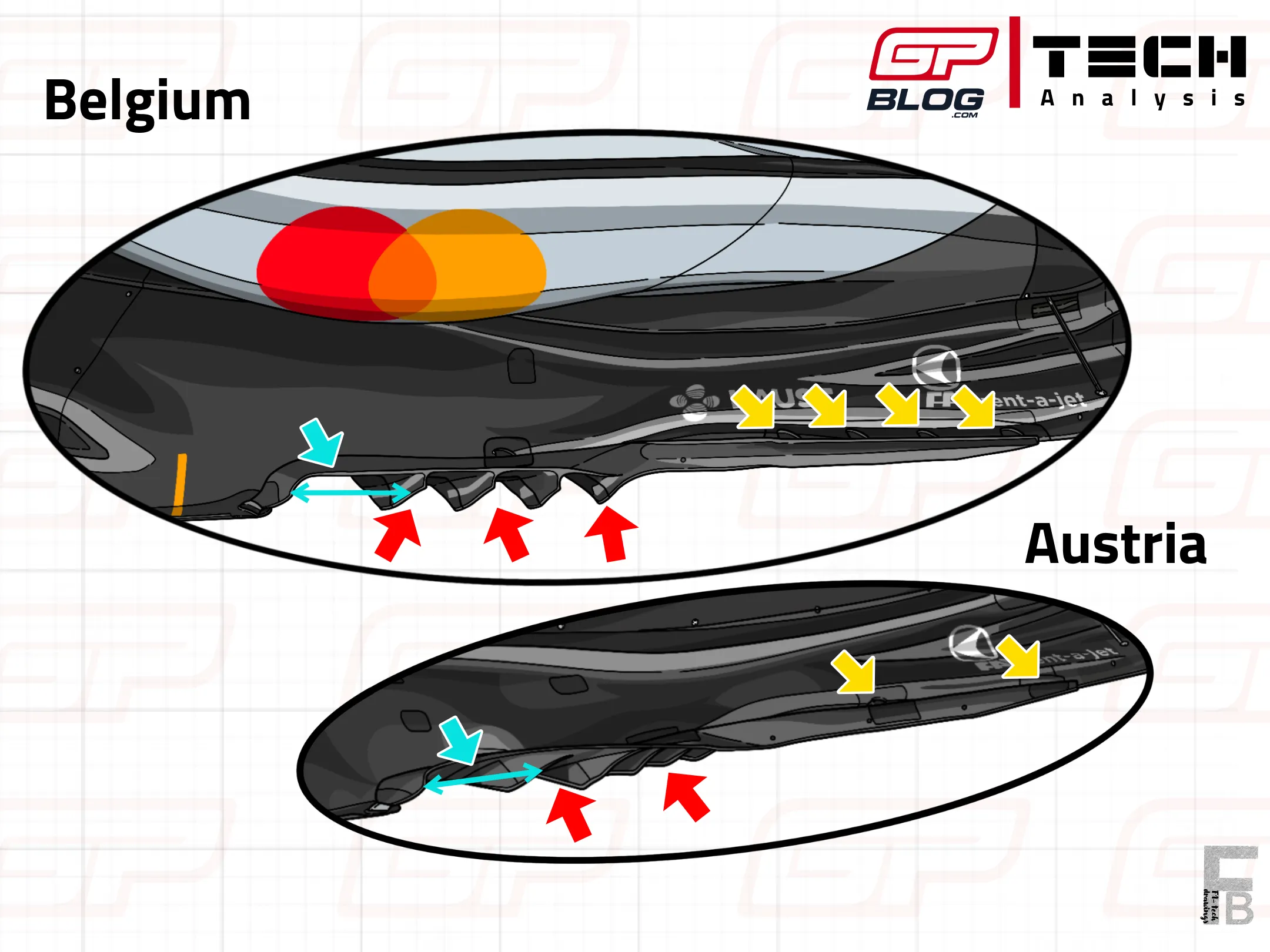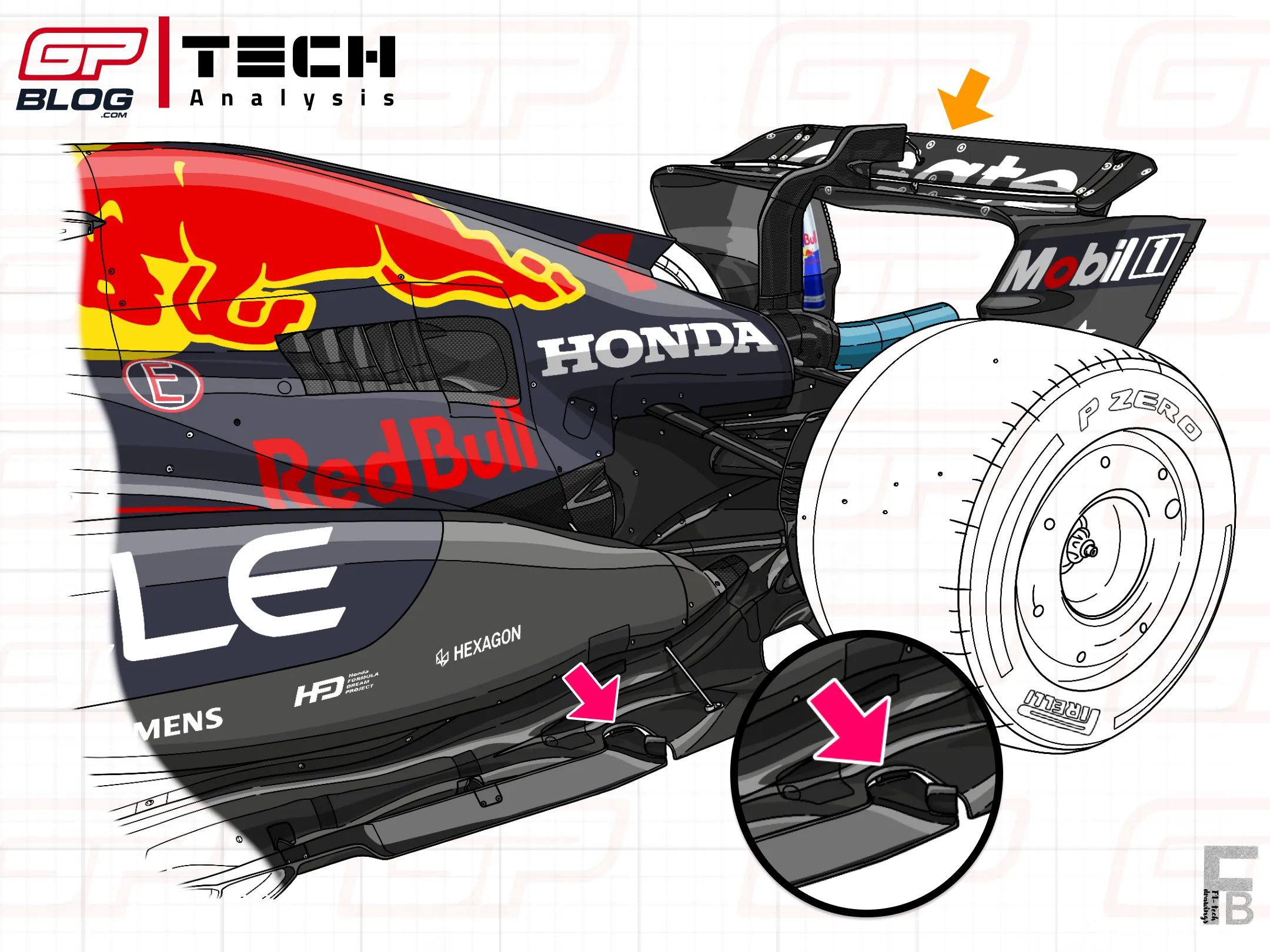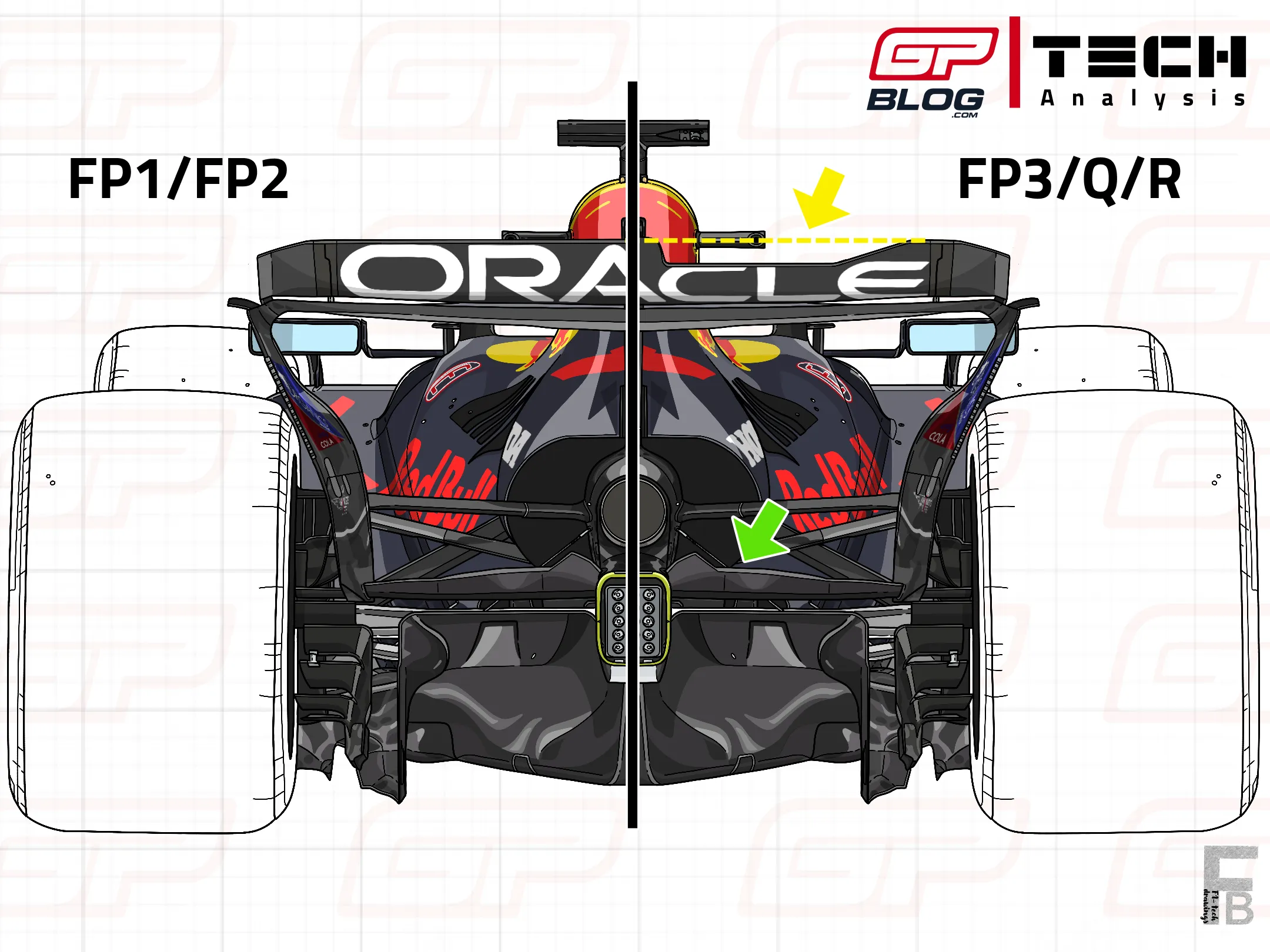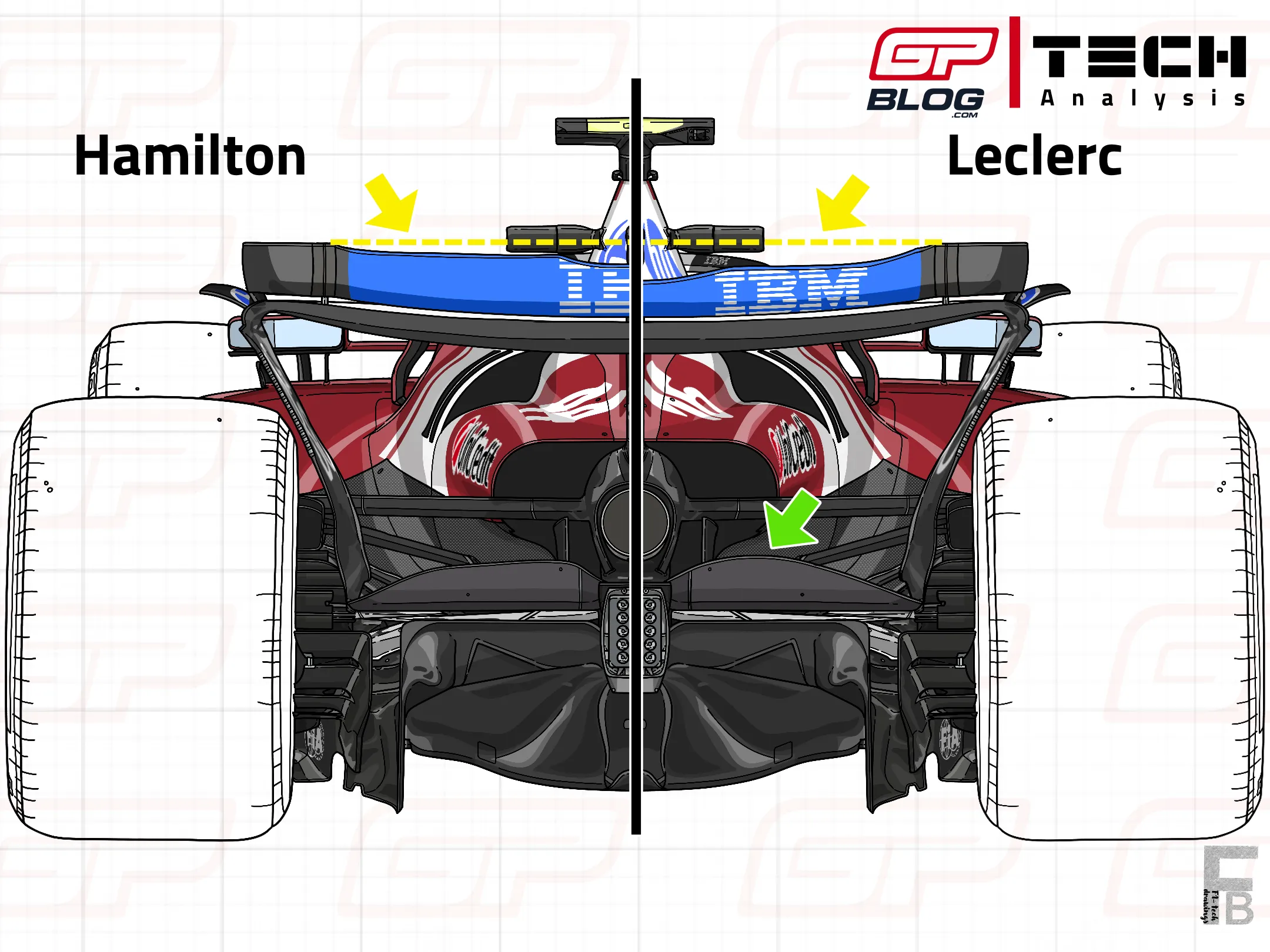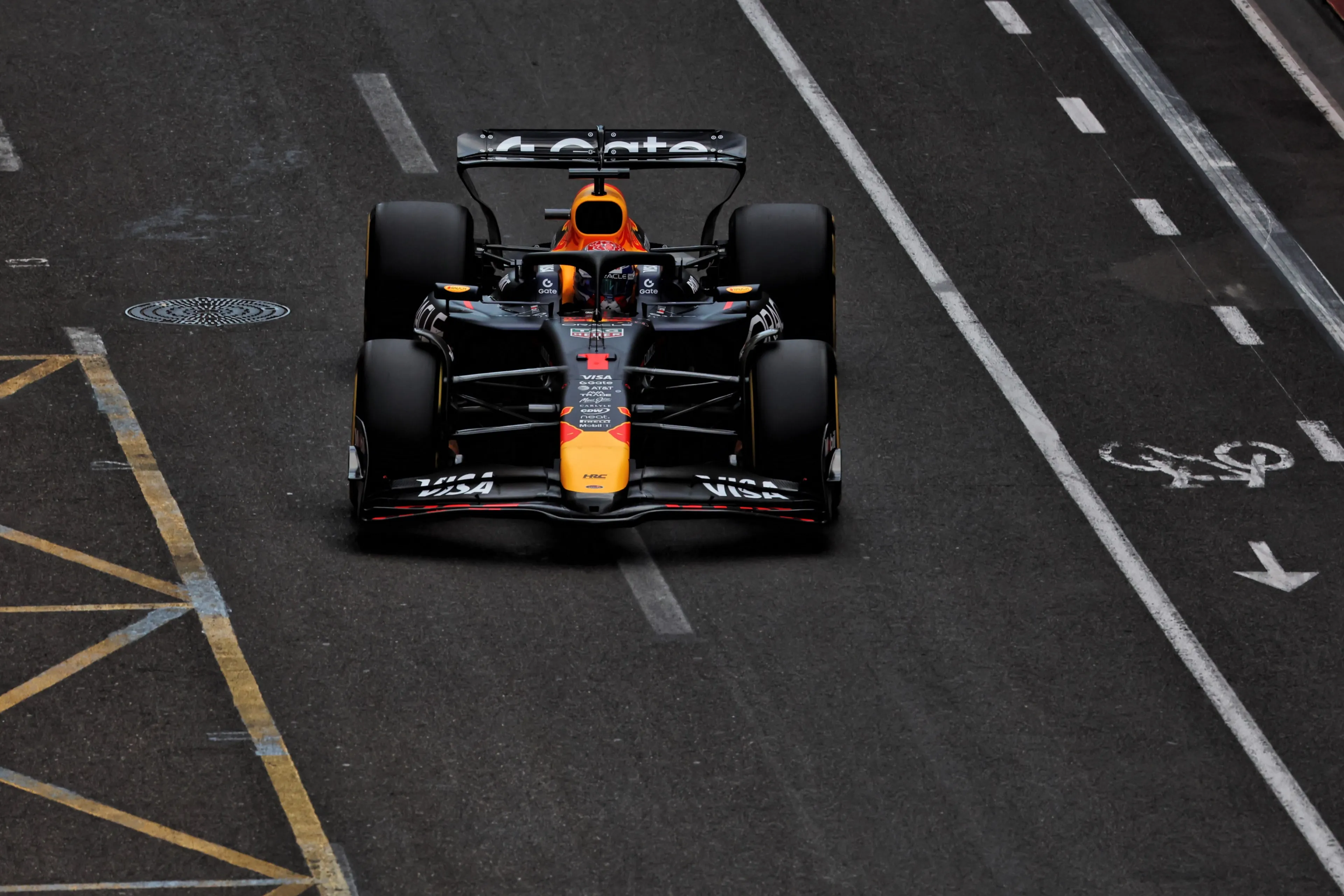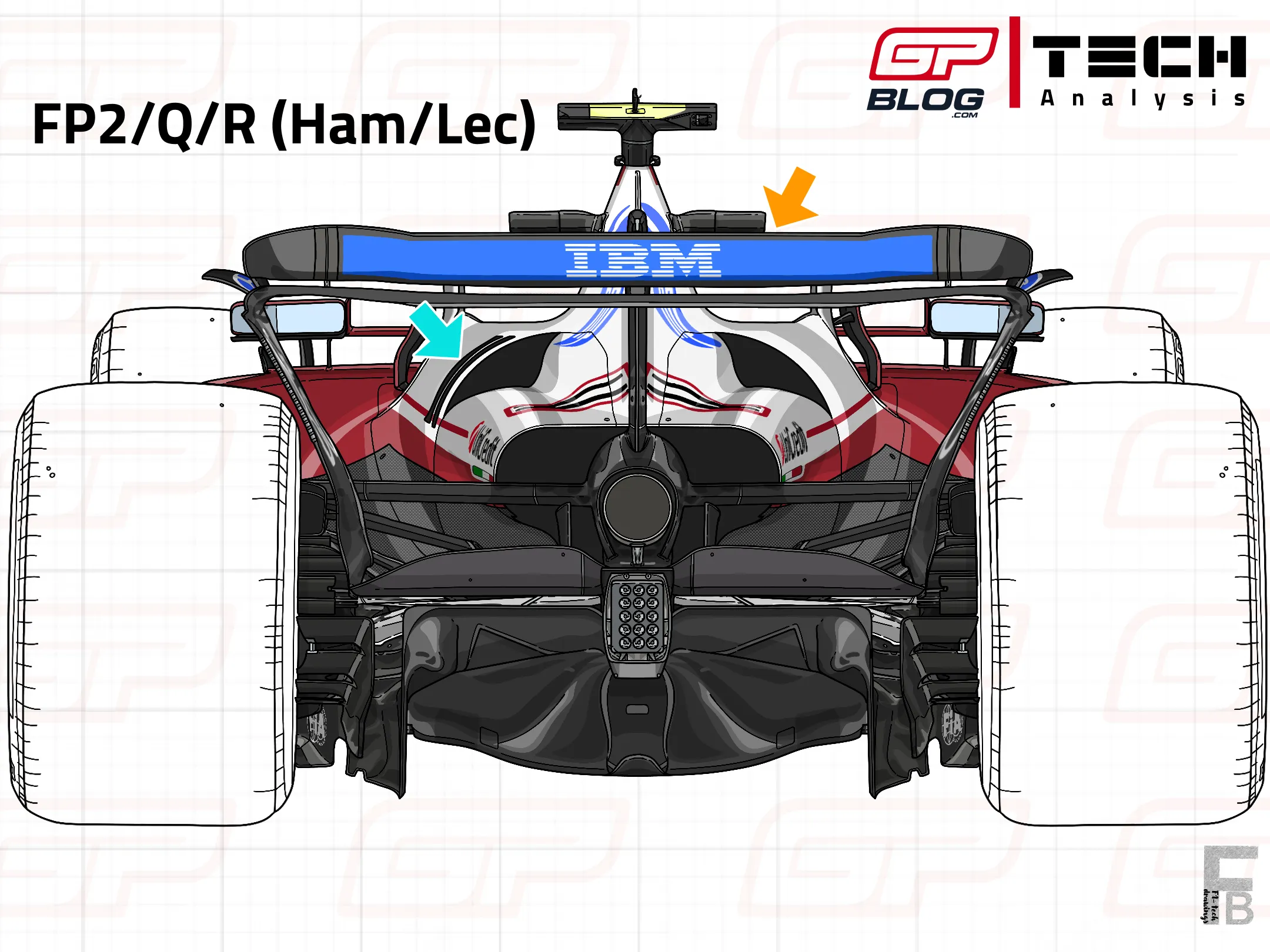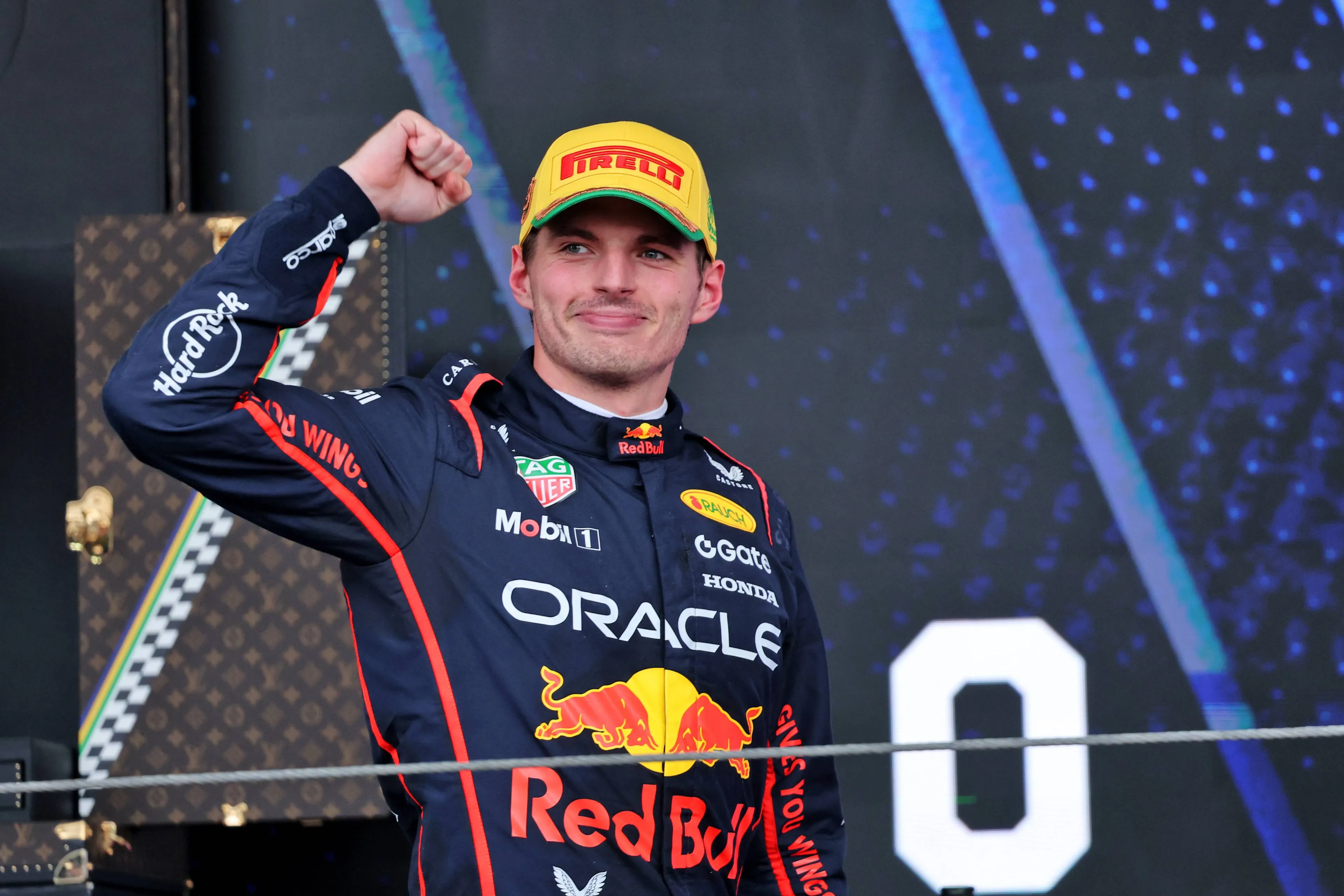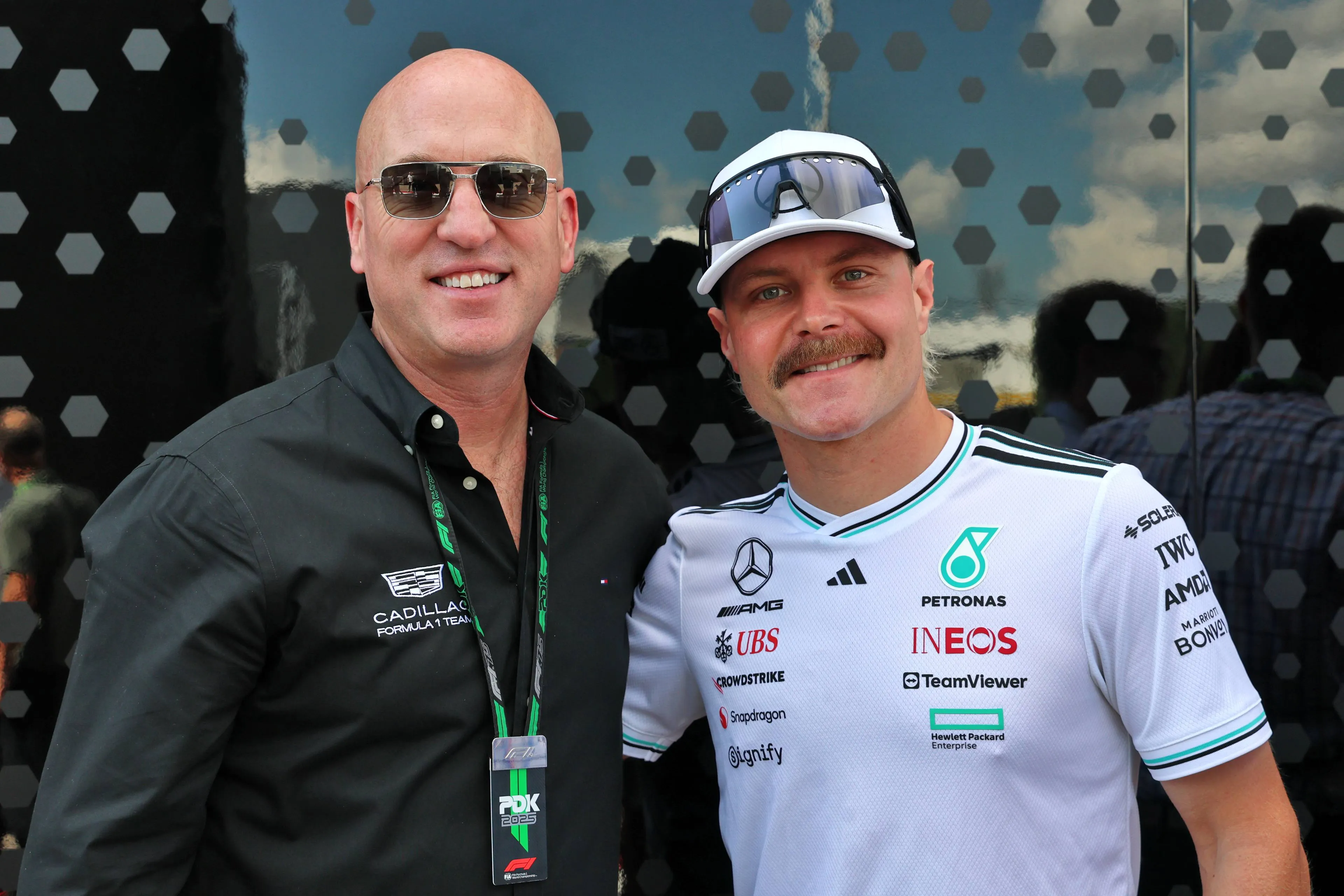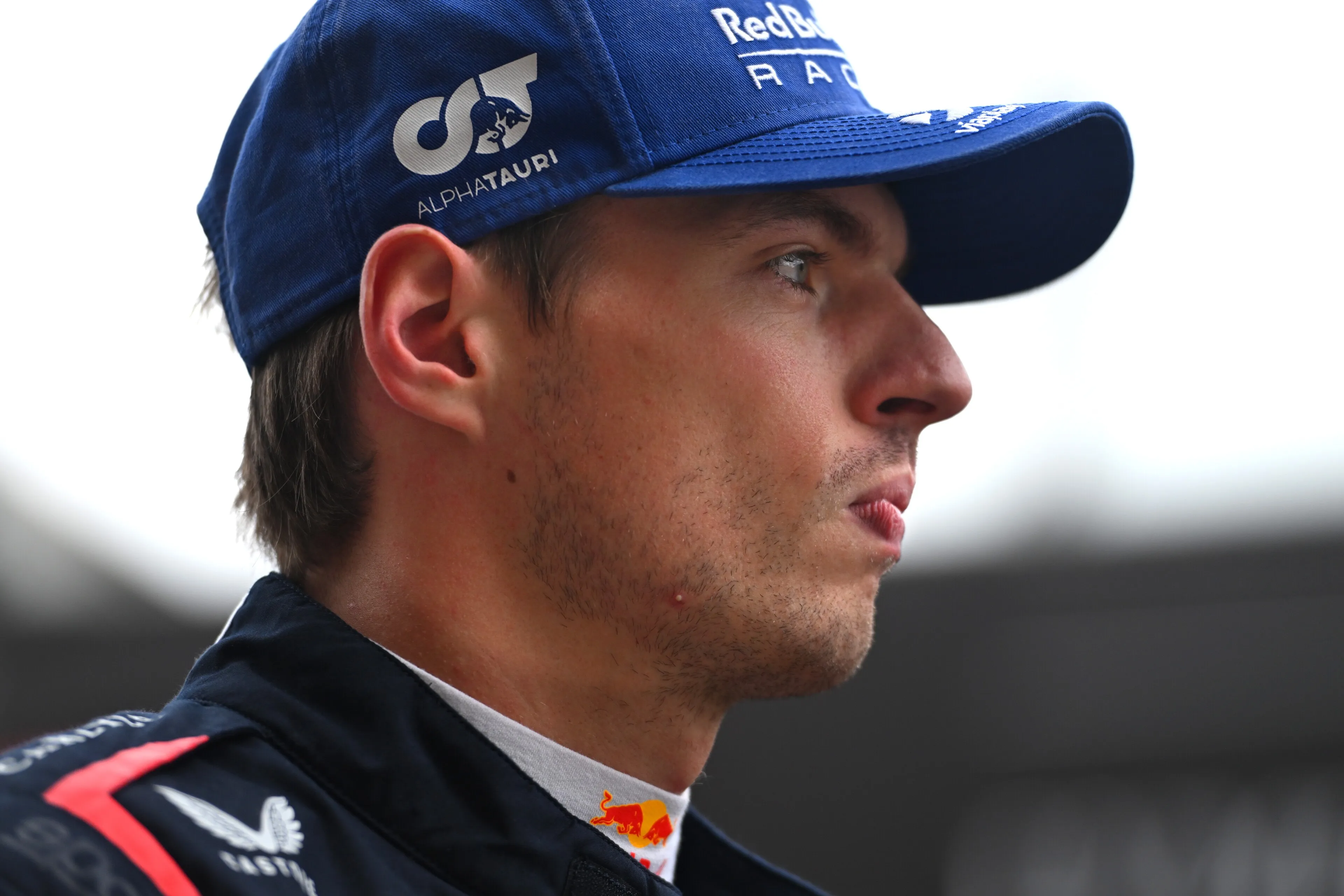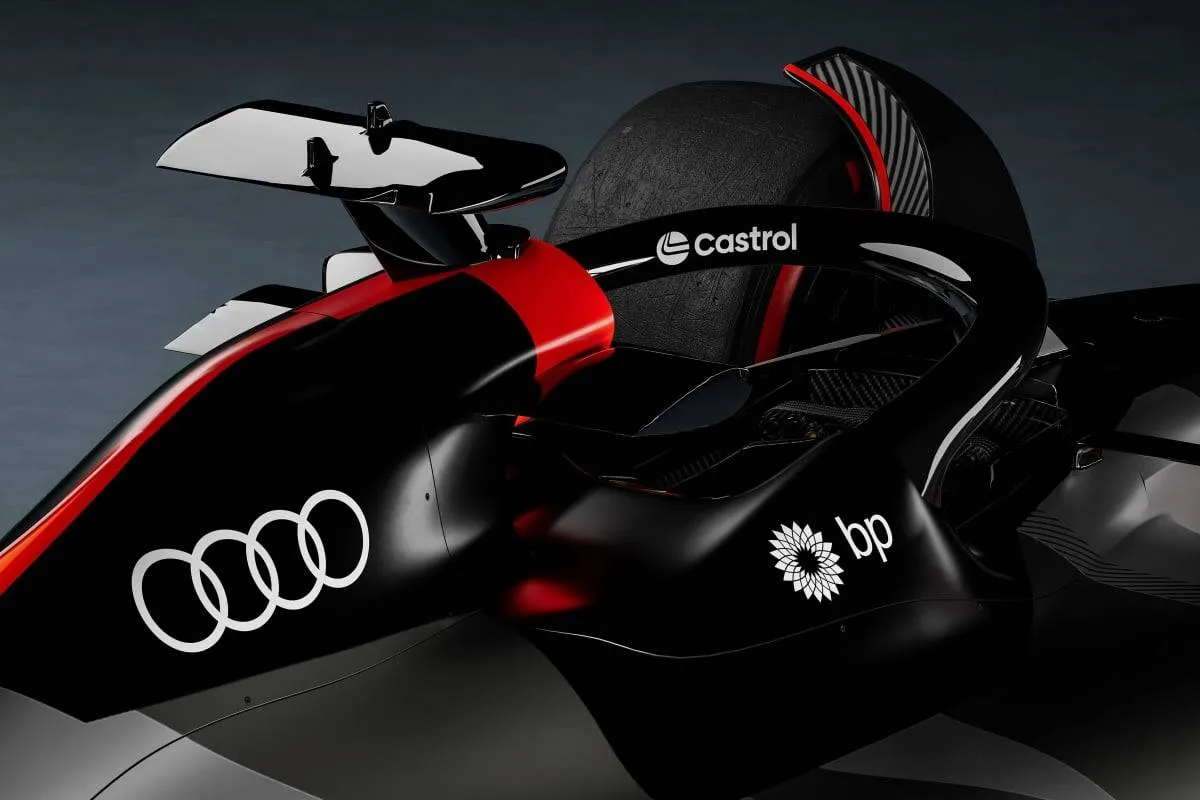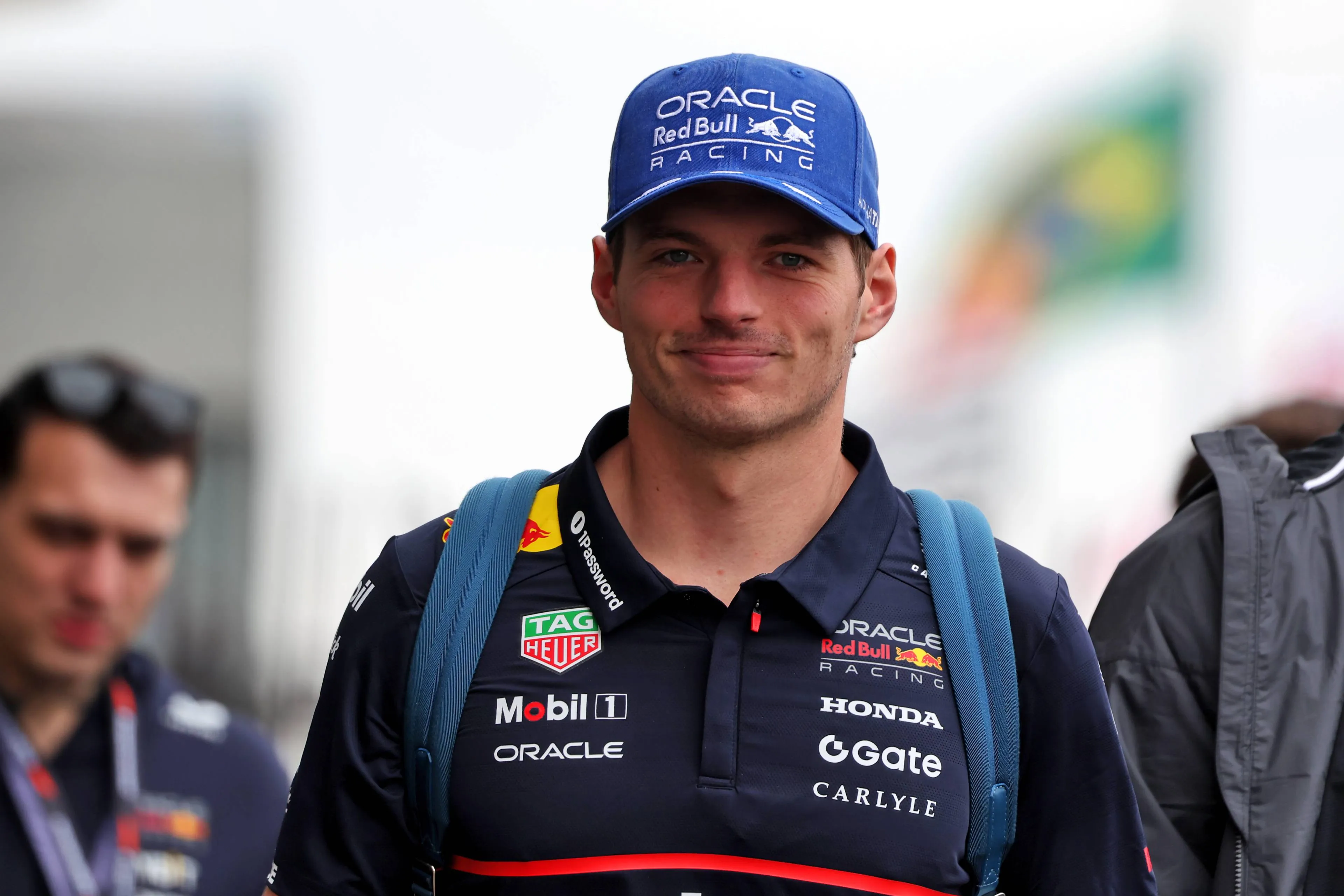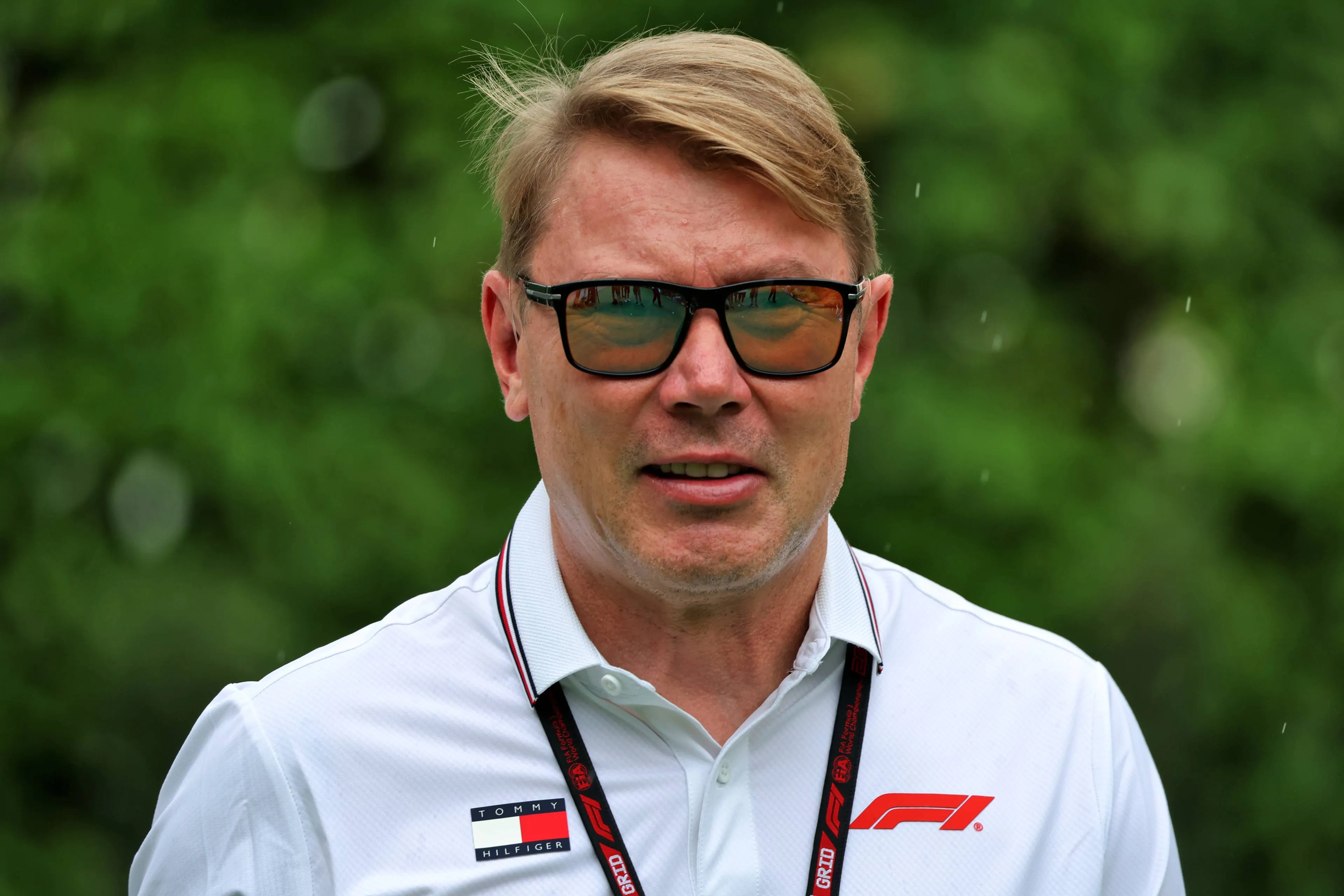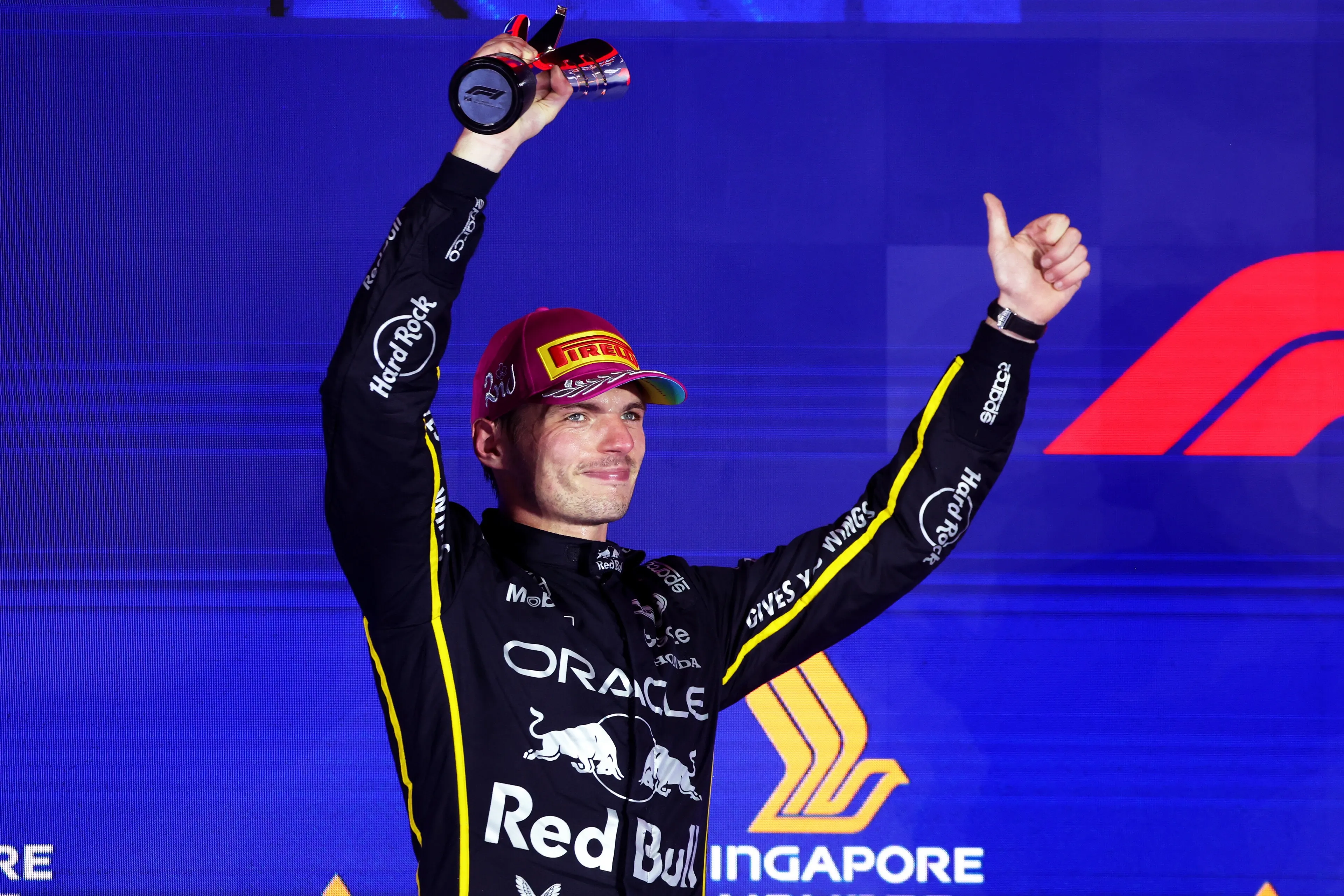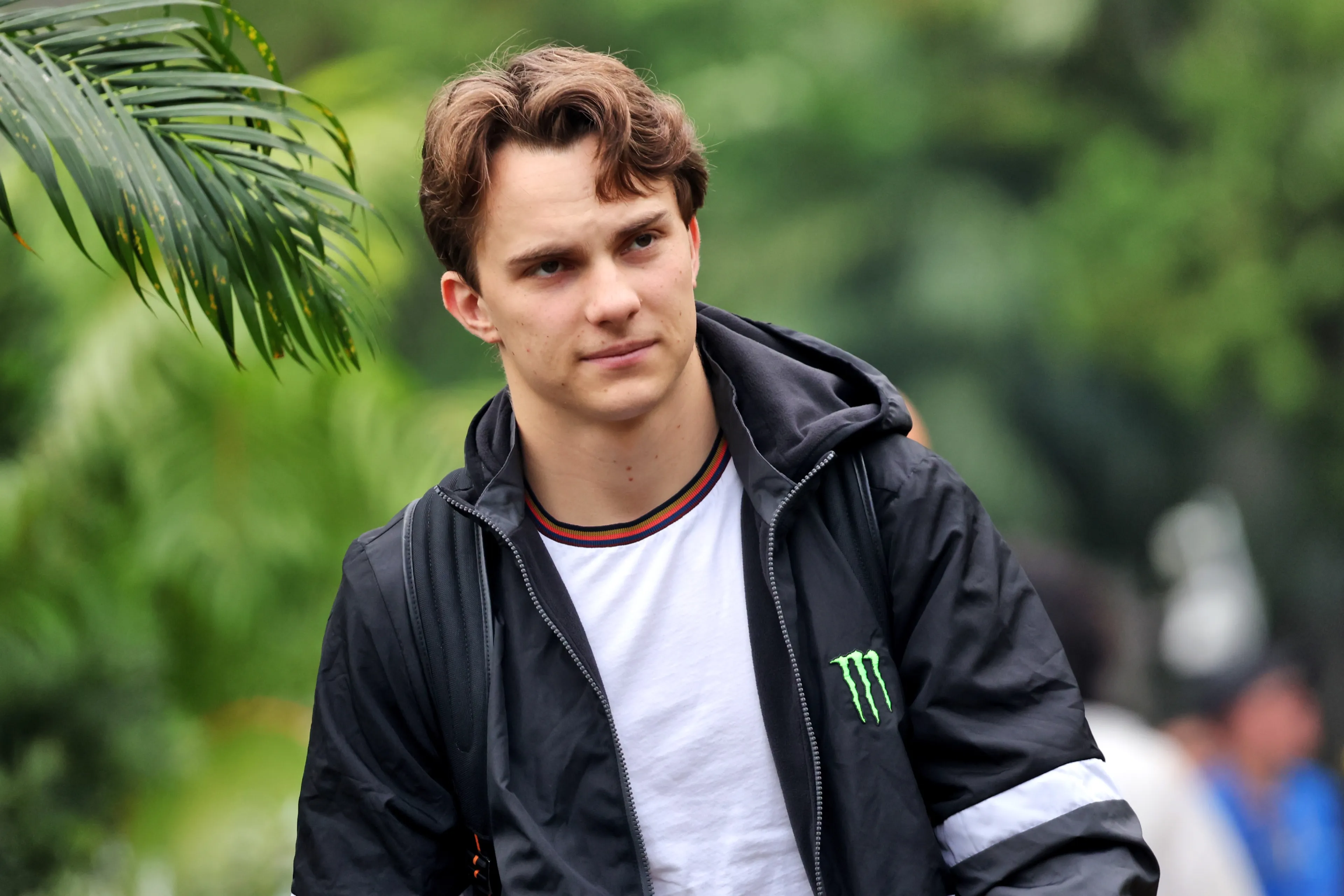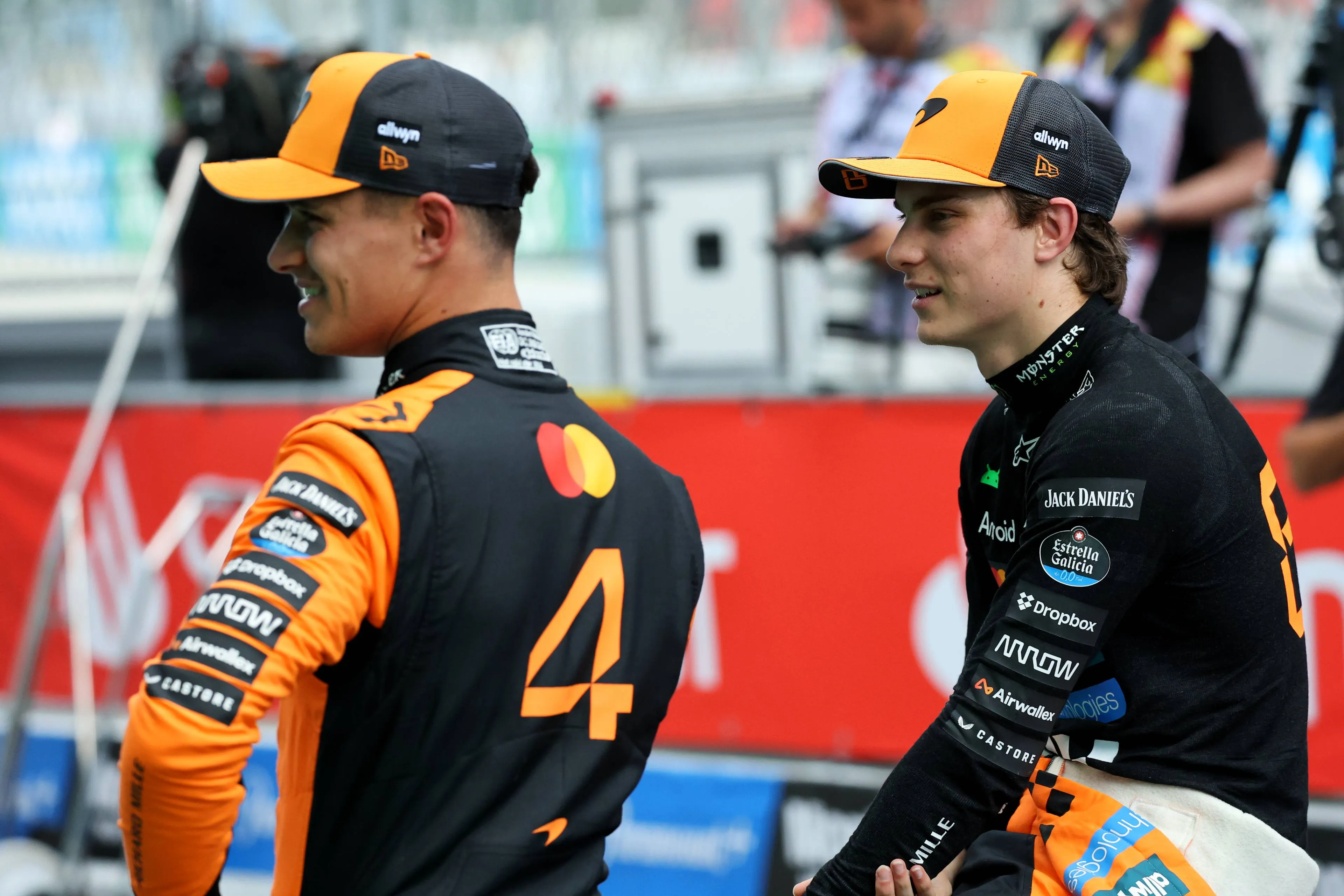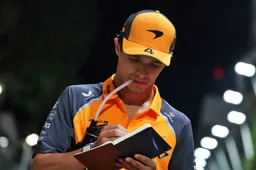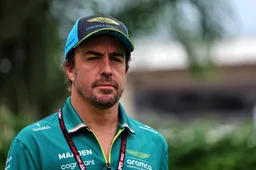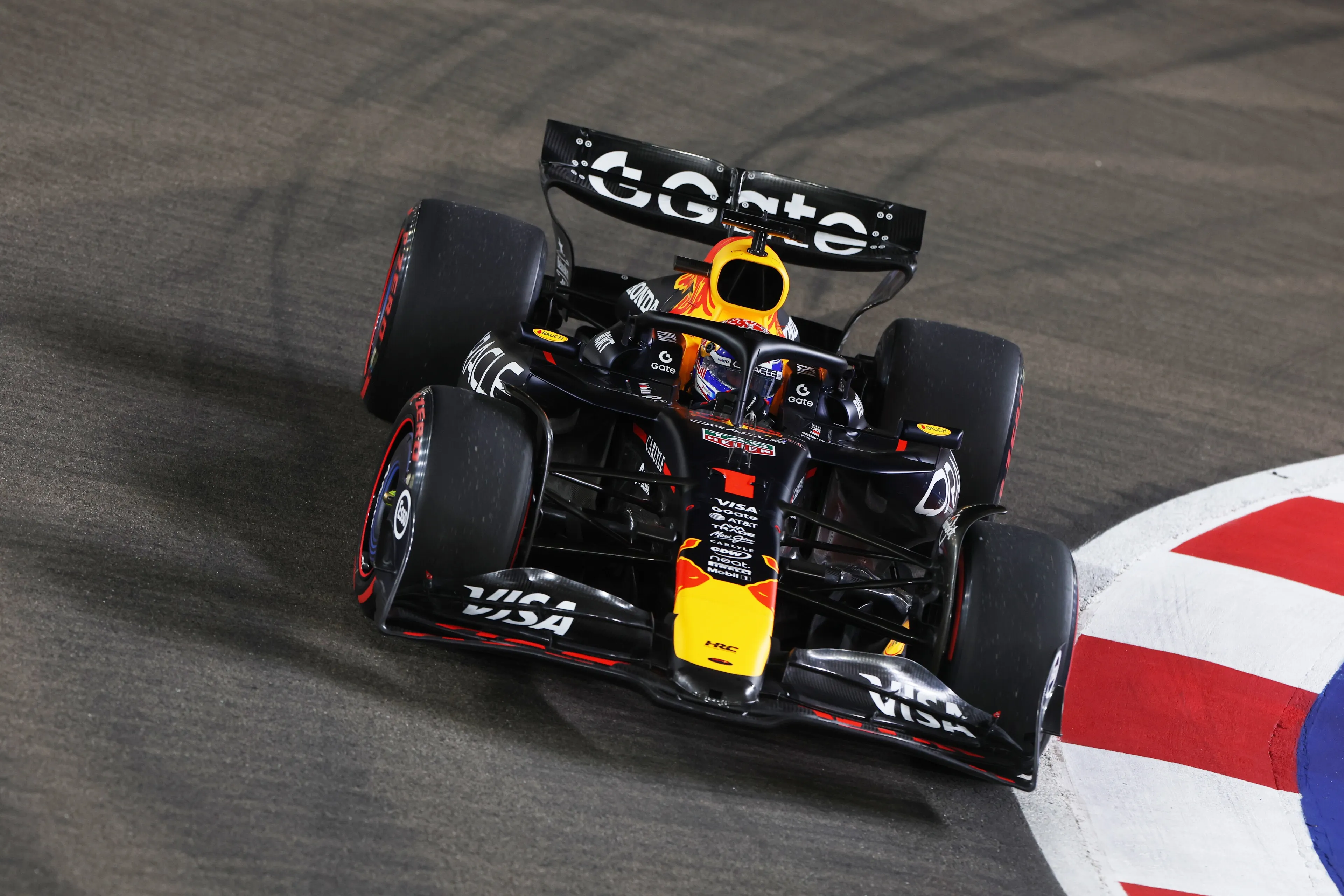
Max Verstappen in action at the Marina Bay Street Circuit - Photo: Red Bull Content Pool
F1 Tech | Verstappen closer than expected to McLaren
07:30, 04 Oct
Updated: 10:51, 04 Oct
2 Comments
Max Verstappen has the 'all the cards' to fight against the McLarens after the first practice sessions in Singapore.
The first day of action in Singapore offered the grid being very tight, with the top four within two tenths of a second.
McLaren demonstrated great superiority in terms of downforce and tyre temperature management, while Red Bull brought another version of their front wing (the fifth of this season) to make the car more reactive in the low-speed sections. Ferrari and Mercedes struggled in FP2, with VCARB and Aston Martin emerging as a consequence. Let’s deep dive into the what we saw on Friday.
McLaren began the weekend strongly, with the layout playing to the MCL39’s main strengths: downforce and temperature management (both in terms of the tyres and of the PU). The many medium-speed corners on the track, like turns 5 and 9, and the very fast final corner, demonstrate the good level of downforce generated by the bodywork and the Venturi channels of the MCL39, even with the higher ride heights required on Singapore’s bumpy asphalt surface.
Moreover, the presence of a good amount of low-speed corners and traction zones plays to the car’s great mechanical system, both in terms of suspension and of mechanical grip generated, and of a very soft spring set-up, which makes the MCL39 the undisputed queen of all the sections where kerbs need to be attacked to the maximum.
Last but not least, the high temperatures generated on the tyres put the rear axle particularly in a crisis through the second and third sector, causing temperatures to skyrocket and making drivers losing time as a consequence. That's not the case for McLaren: the MCL39’s ability to keep the tyres in the right widow for the whole lap allows Norris and Piastri to have a good gap against competitors in the last sector of the lap, particularly in the qualifying simulations on the soft tyres.

Norris driving in the McLaren in FP2 - Photo: Race Pictures
The consequence of all these technical aspects was an extraordinary performance during the first two hours of practice in Singapore: despite not getting the fastest lap times during FP1, both Piastri and Norris demonstrated to already have a quick and balanced car on the hards. After some more fine-tuning before FP2, the Australian was then able to get the quickest time of the day, despite the interruptions caused by the red flags.
The team should still focus on extracting the maximum performance from their car, as they probably won’t be as safe as last year going into the weekend: despite a good gap over competitors, the advantage is still not impressive and the team will focus on making some small set-up changes that could increase their drivers are feeling heading into qualifying.
Read also
Red Bull with the fifth front wing of the season
Moving on to Red Bull’s first day, it’s quite clear that the team is giving it all to allow Verstappen to try have a go at the Drivers’ Championship this year, despite trailing champion leader Oscar Piastri by 69 points. The team, in fact, introduced a slightly revised front wing, which showed a different trailing edge of the top flap to increase the downforce on the front axle and reduce the RB21’s typical understeering in the slow speed sections of the circuit.
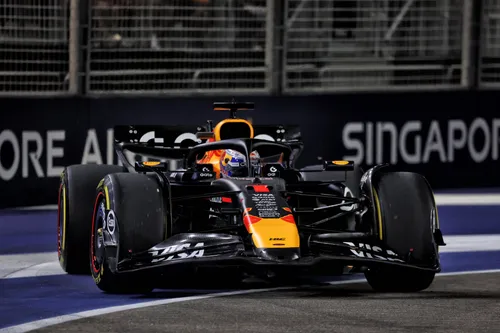
Verstappen with the new front wing on his RB21 - Photo: Race Pictures
These changes, together with a very good base set-up, seemed to have immediately paid the dividends since FP1: the car looked balanced and with no particular issues from the mechanical point of view. A notable aspect from the outside was the fact that the spring system still was quite stiff compared to McLaren, which prevented Verstappen from being too aggressive on attacking the kerbs.
This issue is related to the design of the mechanical system of the car: since the beginning of the ground effect era, in fact, Red Bull have always decided to have a very stiff spring system, to guarantee the best ride height possible in medium- and high-speed corners, making the aerodynamic platform work at its peak there. This slightly penalises them in corners where the kerbs must be attacked, as the car can become nervous when jumping off them.

Tsunoda in action in FP1 - Photo: Race Pictures
Apart from these small issues, Verstappen managed to close the second session in P3, only 0.143 seconds behind Piastri in first place. The four-time World Champion demonstrated to have found even more confidence with the front wing which, together with the new floor and the recent changes introduced, made the load generated from the Venturi channels even more efficient, allowing the engineers to run the car lower be quicker in slow speed and medium speed corners.
If the team manage to tidy up some small aspects on the set-up side, Verstappen has all the cards to fight for pole during Saturday’s qualifying, also due to the fact that, as always, the team used very low engine modes during Friday’s practice sessions.
Read also
Ferrari with a day of mixed sessions, Mercedes in a crisis
Moving on to analysing Ferrari’s day, the Maranello-based team had quite a day of mixed sessions: during FP1 the SF-25 looked very stable and quick, especially in the low-speed sections, proving that the team found a very good compromise from the mechanical point of view. This element, together with high engine modes, allowed Leclerc and Hamilton to finish the session in P2 and P4 respectively. The scenario quickly changed during FP2, as both drivers struggled a bit more with the rear axle, proving that maybe the team tried a more aggressive solution to take advantage of the asphalt’s increased grip level.

Leclerc during FP1 in Singapore - Photo: Race Pictures
Leclerc finishes ninth and it was P10 for Hamilton after they also ran two different beam wing versions during FP2: the Brit ran the maximum-downforce one already used in Monaco, with Leclerc had the medium-downforce version also used in Spain and in Hungary. This choice in terms of set-up underlines, once again, the different preferences from the two drivers, as the Britain prefers a more stable car on the rear axle, with Leclerc more used to a car that’s ‘on the nose’.
For what corners Mercedes, they had a very difficult first day, as already expected: Singapore’s high temperatures and the huge stress on the rear axle put the W16 in a great crisis. Russell collided with the barriers during second session and Antonelli only finished 18th, as he didn’t manage to complete a clean lap on the soft tyres.
Aston Martin and VCARB the surprises of the day
Last but not least, the positive surprises of the day were Aston Martin and VCARB. As they showed in Hungary and Zandvoort respectively, both cars suit high-downforce layouts well—though for completely different reasons. The AMR25 suffers from a lack of downforce and is inefficient on the straights, but the adoption of maximum-downforce rear wings almost cancels out this weakness, since top speed is not a priority around Singapore.
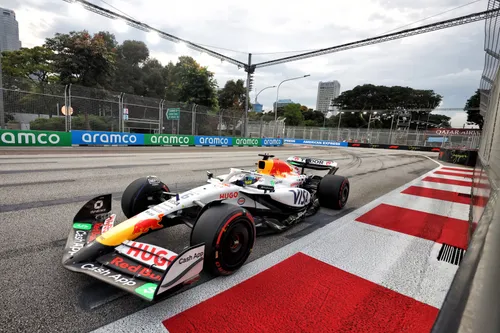
Isack Hadjar driving the Racing Bulls car on Friday - Photo: Race Pictures
On the other hand, VCARB’s engineers did brilliant job building a car that is extremely balanced and versatile, able to be fast around completely different layouts. The big strengths of the VCARB 02 are low-speed corners, mainly as a result of a very strong mechanical system and a very wide operating window, which enables drivers and engineers to get the most out of it almost every weekend.
As a consequence of these factors, it is no surprise that Alonso topped FP1 and finished FP2 just 0.163 seconds behind Piastri in fourth place, while Hadjar ended the first session seventh before climbing to second in FP2. This suggests a very positive weekend for both teams. What will matter most, however, is whether they can replicate this performance on Saturday and especially Sunday, when the big points are at stake.
Read also
Read more about:
Rumors
Popular on GPBlog

1
Audi shifts focus to 2027–28 F1 cars after halting 2026 project
1058 times read
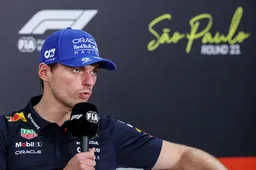
2
Brown accuses Verstappen of being 'a bruiser' - 'He's crossed the line'
655 times read

3
Ferrari warned of vicious circle - Hamilton can be the next Schumacher
631 times read

4
Sauber reveal striking one-off Las Vegas livery to mark end of an era
431 times read
Loading

